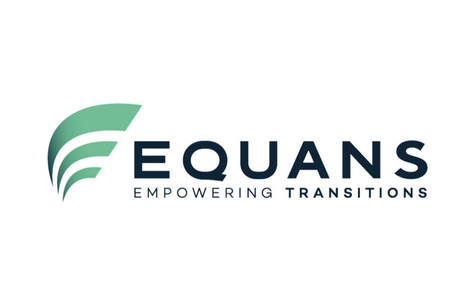Outsource more and better?
The result is that companies are finding it more difficult to plan their production in the long term due to this increasing instability. In addition, production cycles are getting shorter and shorter, companies are reducing their stockpiles of finished products by half and we are also seeing a trend towards smaller integrated production systems. In any case, for many companies the good old days are over when everything could be planned in advance for a long period of time.
"Flexibility", "Agility" and "Lean" are key concepts in modern production management. Who could forget this: such a modus operandi requires a high technical availability and reliability of the installations. Production can only be carried out if it is profitable and if the customer demands it. A breakdown will have a major financial impact. However, asset owners want the volatility of production (and revenue) to be reflected in the variability of the maintenance budget. When (short-term) production prospects look good, there is a budget for maintenance. When production decreases, the maintenance budget should be reduced as quickly as possible. As a maintenance evangelist, I have to offer a few caveats here, but the fact remains that in the boardroom, in many production companies, this is the current thinking.
(Part of) the solution: outsourcing maintenance
With the above-mentioned volatility as a starting point, flexibility in particular in outsourcing maintenance becomes particularly attractive. In profitable production periods (where the budget for maintenance is available), it is possible that a (large) part of maintenance tasks are handled by external parties.
What percentage of maintenance is outsourced in Belgium and the Netherlands? Thanks to the MORE4CORE* project, we can present some figures: the answer is on average 15% of the maintenance budget in the food and pharmaceutical industry, more than 20% in the manufacturing sector and up to almost 50% of the maintenance budget in the process industry.
If we know that the annual maintenance budget is on average about 4.5% of the replacement value of a plant, it is clear that in outsourcing, the amounts are very high. What is very striking is that companies in the Netherlands outsource their maintenance much more than companies in Belgium.
Better outsourcing
The M4C study also showed that in the way of outsourcing there are significant differences between the Netherlands and Belgium. Outsourcing of maintenance can indeed take place in different ways:
Time-and-material contract, where there is no agreement, and every hour worked is carried out by the contractor;
Framework service contract: a (framework) contract with fixed (hourly) rates and calculation after completion;
Contract on the basis of a unit price list: a fixed rate contract for a given unit of work (e.g. per square metre);
Service contract: The contractor prepares and carries out all agreed maintenance activities for a fixed period and at a fixed price;
Performance contract: The contractor is (co-)responsible for improving the performance of an asset.
The M4C study shows that in Belgium a quarter of outsourcing cases are contracted on a fee-for-service basis, where prices and agreements between the client and the contractor can often change quickly and the commitment of both parties is limited. In the Netherlands, this is still the case in only 4% of cases. There, the unit rate with a standard price for a given standardised performance is used twice as often (see figure).
Consequences
Is het de moeite waard om te streven naar een hoger maturiteitsniveau in uitbesteding? This is a complex question. We know that the best suppliers according to our M4C benchmark (high technical standards with low costs) are able to offer better unit rates, results and service contracts. However, we cannot deny that the use of more mature contractual forms is a consequence of the fact that the operator has to pay less attention to the cost of the equipment and the quality of the service provided by the installations.
Two other insights that emerged from the study: there is a correlation between the size of the company and the level of outsourcing. Large companies therefore outsource more. There is also a correlation with the average age of the technical service employees. The older the population of employees at an asset owner, the more they outsource.
Conclusion
How do you see outsourcing of maintenance evolving,' is a question I am often asked. Unfortunately, there is no simple answer, but if we look at the megatrends: the need for flexibility due to more volatile markets, together with the 'ageing' of both the assets and the maintenance staff, then I dare to predict today that maintenance will be outsourced more and more in the future.
Wim Vancauwenberghe
Maintenance Evangelist and Director of BEMAS vzw
*MORE4CORE (M4C) is a European project on the MRO sector supported by the Interreg IVB programme. BEMAS vzw is one of the project partners. More info on www.more4core.eu






